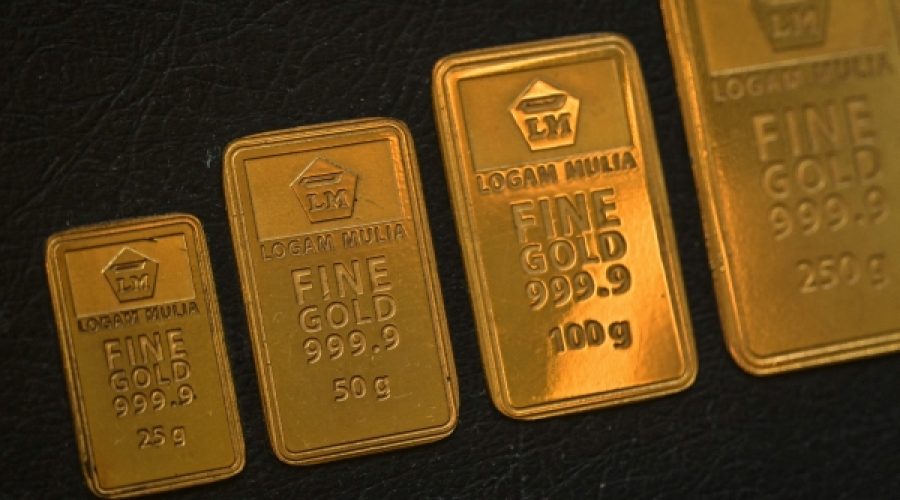Gold Plunge: What the Worst Single-Day Loss Since 2013 Means for Investors and Businesses in Oman
Hong Kong – Gold experienced its steepest decline since 2013, with both gold and silver prices plunging dramatically, though the outcome was not entirely unexpected. According to Capital.com, prices had surged sharply, somewhat detached from underlying fundamentals, which remain robust.
The recent downturn followed profit-taking after several weeks of significant gains, combined with encouraging news regarding trade developments. This prompted investors to sell off large positions. However, this drop should not be classified as a crash or even a correction, given how elevated prices had become.
Despite the pullback, both metals have posted substantial gains this year. The ongoing "debasement trade" and expectations of further Federal Reserve rate cuts continue to underpin the market, suggesting that recent declines represent a normalization after a period of overenthusiasm.
On Wednesday, gold and silver prices fell for a second consecutive day, halting the precious metals rally. Meanwhile, equities also slid after U.S. President Donald Trump indicated that a planned meeting with Chinese President Xi Jinping might not occur.
Gold Prices in Oman:
- 24-karat: RO 52.15
- 22-karat: RO 48.65
- 18-karat: RO 38.75
Since the start of the year, bullion has surged dramatically, climbing over 60 percent and setting multiple records. Experts suggest gold could soon reach $5,000 per ounce. The rally has been supported by factors such as a weaker U.S. dollar, anticipated interest rate cuts, declining bond yields, and central bank purchases.
Persistent concerns about the global economic outlook have enhanced gold’s appeal as a safe haven, while additional buying was driven by fear of missing out on the rally. However, on Tuesday, gold prices reversed course, dropping as much as six percent, continuing to fall in Asian markets amid profit-taking, hopes for eased China-U.S. tensions, and a strengthening dollar.
At one point on Wednesday, gold fell to $4,000 per ounce, a sharp decline from the record high of $4,381.51 reached the previous day. Silver, which had been buoyed by gold’s rally, also experienced a significant drop.
The sell-off extended to gold mining stocks. Northern Star Resources in Sydney fell over eight percent, Perseus Mining lost more than six percent, Hong Kong-listed Zijin Gold International dropped over four percent, Shandong Gold Mining declined nearly two percent, and Merdeka Copper Gold in Jakarta fell around four percent.
Stephen Innes of SPI Asset Management noted, “Gold’s glorious charge finally met gravity. After months of one-way conviction and relentless inflows, volatility in gold has now surpassed equities, echoing the pandemic’s manic heartbeat.” However, he emphasized that structural demand remains strong, explaining that central banks will continue accumulating reserves, investors remain skeptical about fiat currencies, and monetary systems are burdened by debt and distortions.
Equity markets also suffered losses, with most Asian indices retreating after a two-day rally. Investor optimism over a possible easing of Beijing-Washington tensions and rate cut expectations took a hit following President Trump’s comments.
Trump initially expressed optimism about reaching a “good” trade deal with Xi Jinping at the upcoming APEC summit in South Korea but later cast doubt on whether the meeting would actually happen, citing concerns about the meeting being “too nasty.”
Consequently, stock markets in Hong Kong, Shanghai, Sydney, Wellington, Taipei, Manila, and Tokyo retreated, the latter experiencing profit-taking after gains linked to the resolution of political turmoil in Japan. This weak opening followed subdued trading on Wall Street the previous day.
Special Analysis by Omanet | Navigate Oman’s Market
The recent sharp pullback in gold and silver prices, after an extraordinary rally fueled by rate cut expectations and geopolitical tensions, signals a moment of recalibration rather than a crash. For businesses and investors in Oman, this highlights both the volatility risks and the enduring appeal of precious metals as a safe haven amid global uncertainties. Smart investors should monitor geopolitical developments closely and consider diversifying portfolios to balance potential short-term corrections with the long-term structural demand driven by central bank policies and monetary instability.



